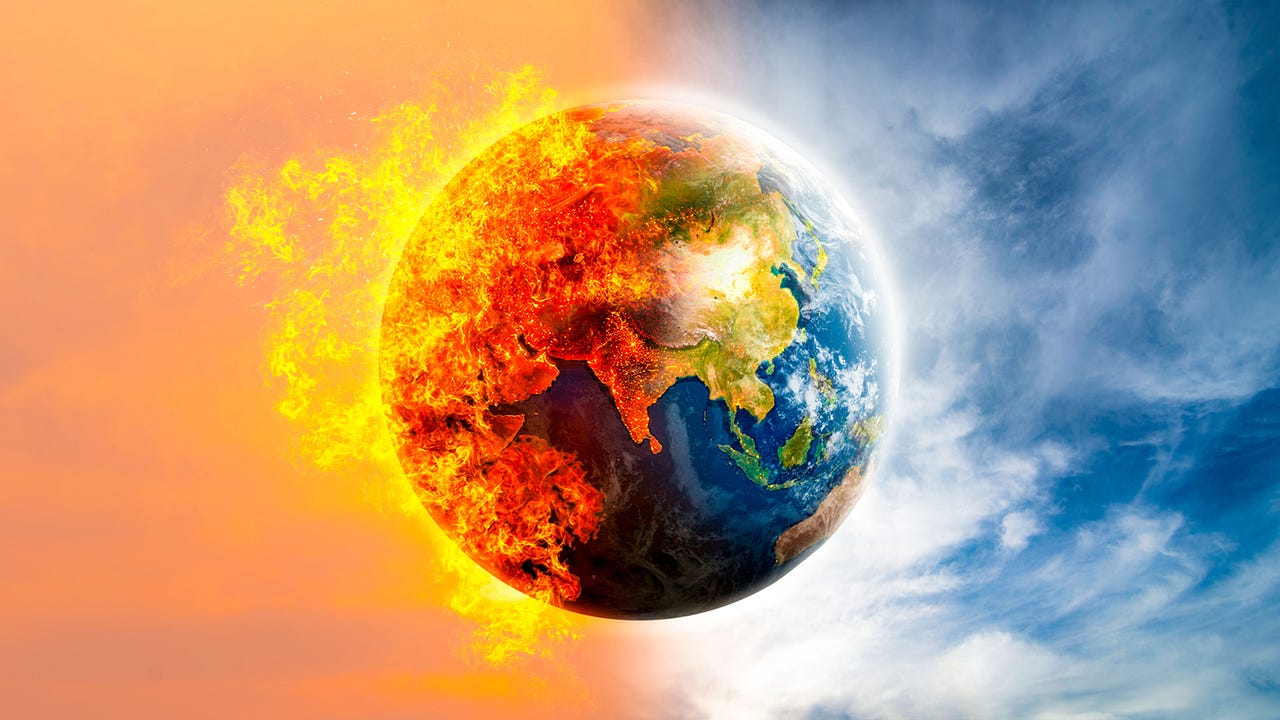































 Image: Getty Images / Surasak Suwanmake
Image: Getty Images / Surasak Suwanmake Fifty years ago, in 1973, the world was a very different place. For one thing, there were just under 4 billion people on the planet in that year (I was one of them, aged 17), compared with an estimated 8 billion today -a 100% increase in half a century. The UN's latest projections suggest that the global population could grow to around 8.5 billion in 2030, 9.7 billion in 2050, and 10.4 billion in 2100.
Technology has a key part to play in the solutions for building a better global economy. And, tech companies themselves are moving rapidly to become better citizens and change agents. Here's what we can learn.
Read nowThe resources consumed and emissions created by this greatly expanded population -- particularly those who live in the developed world and plant the biggest ecological footprint -- are the cause of climate change and biodiversity loss that could pose an existential threat to human civilization.
In 1973, Earth Overshoot Day -- the date when humanity's demand for ecological resources and services in a given year exceeds what Earth can regenerate in that year -- fell on 1 December. In 2022, it was 28 July.
Technology has changed beyond all recognition during the past 50 years. Back in 1973, mainframes and minicomputers still ruled the roost, with personal computers barely off the drawing board -- the MITS Altair 8800 was a year away, while the Apple I didn't appear until 1976. The entire Internet -then known as ARPANET -- could be mapped out on a single piece of paper, and later that year made its first international connection (to Norway), while the World Wide Web wouldn't appear until 1989. The first ever handheld mobile phone call was made by Motorola's Martin Cooper in New York on 3 April 1973 on a handset weighing 4.4lbs (2kg). Many other examples of startling progress over the past half-century could be cited for other tech sectors.
What is consistent across this 50-year timeframe is that technological advancement does not in itself mitigate the effects of population increase and the distribution of resource consumption -- quite the opposite, in many respects: much of the tech created and used over the past 50 years has contributed significantly to global warming.
Warning signs are now flashing all around the globe: the past eight years were the eight warmest on record; the past 2.5 years account for 10% of overall sea level rise since the start of satellite measurements nearly 30 years ago; record-breaking heatwaves were observed in many nations in 2022; and rainfall has been consistently below average in some areas (East Africa) and unprecedented in others (Pakistan).
As the IPCC states in its Climate Change 2022: Impacts, Adaptation and Vulnerability report: "Global warming, reaching 1.5
 Tags chauds:
Maison & bureau
Développement durable
Tags chauds:
Maison & bureau
Développement durable